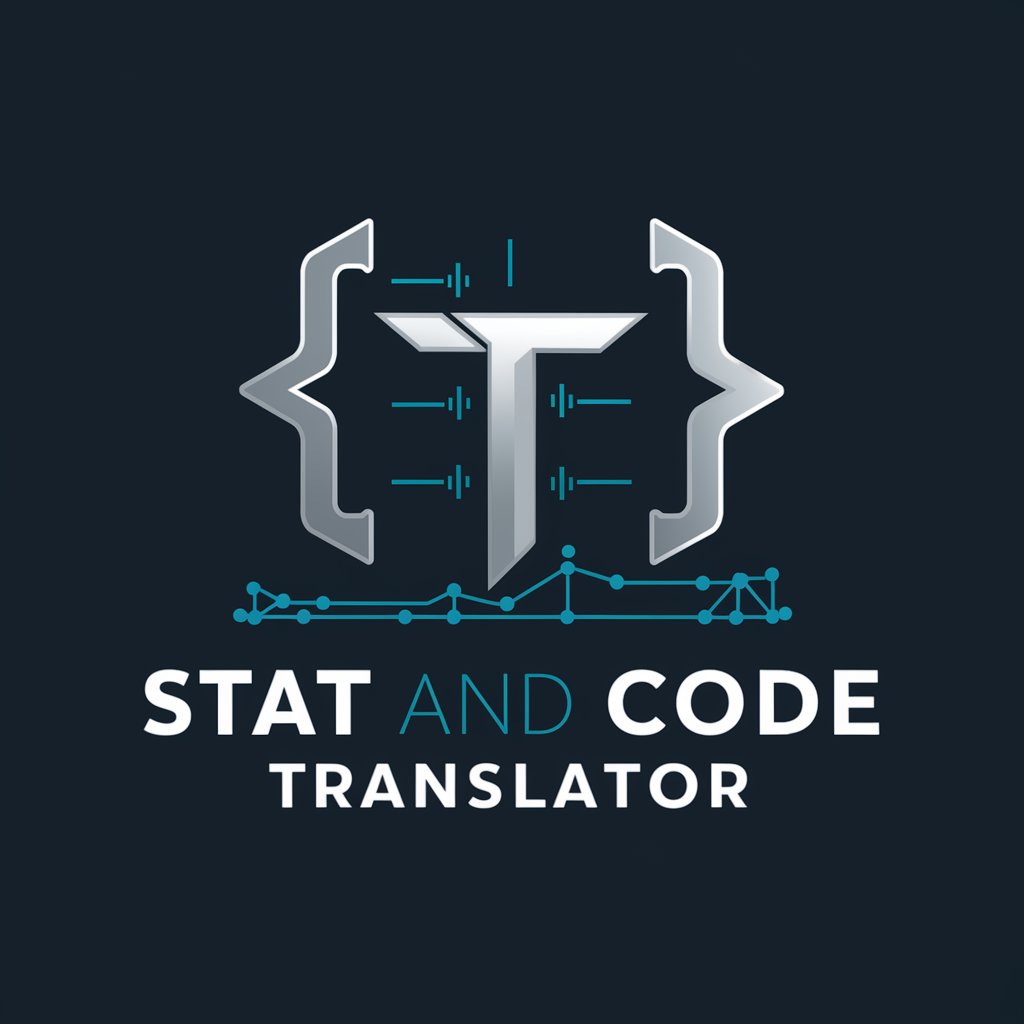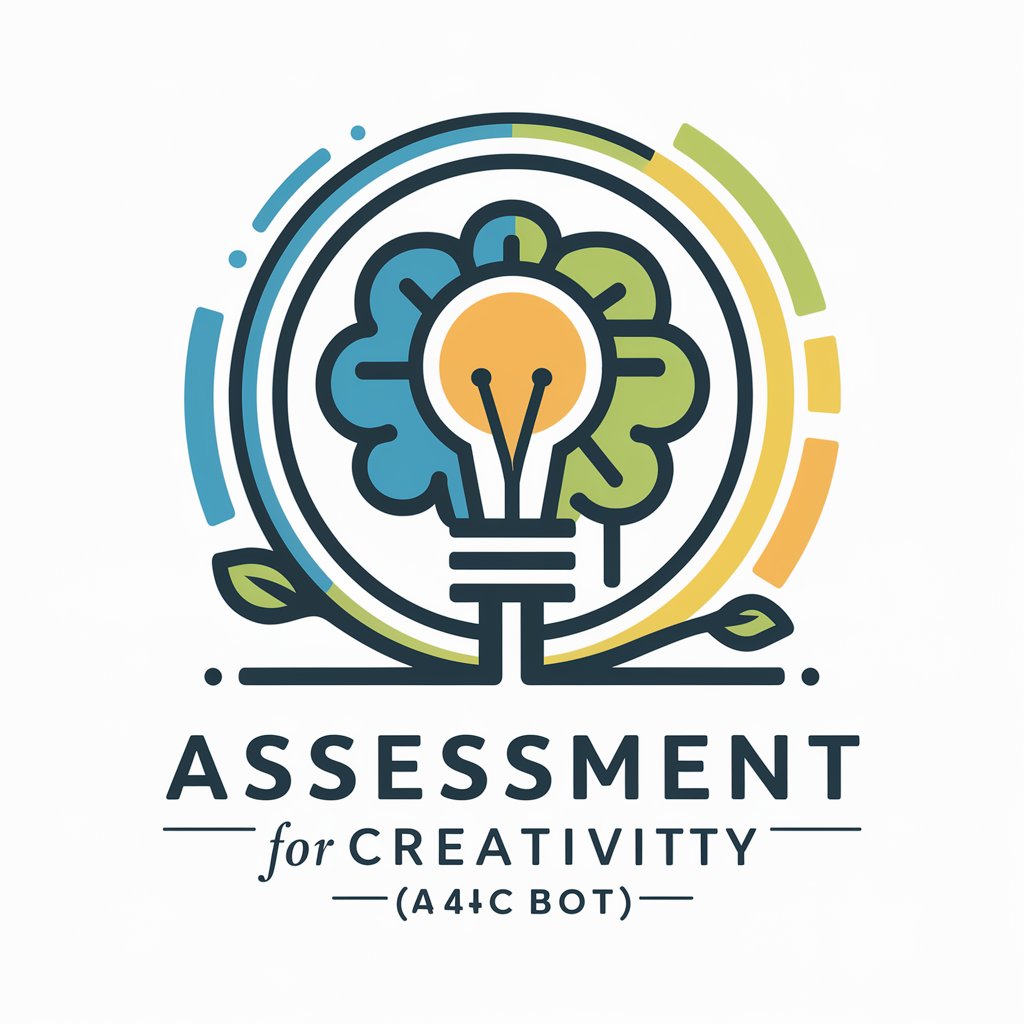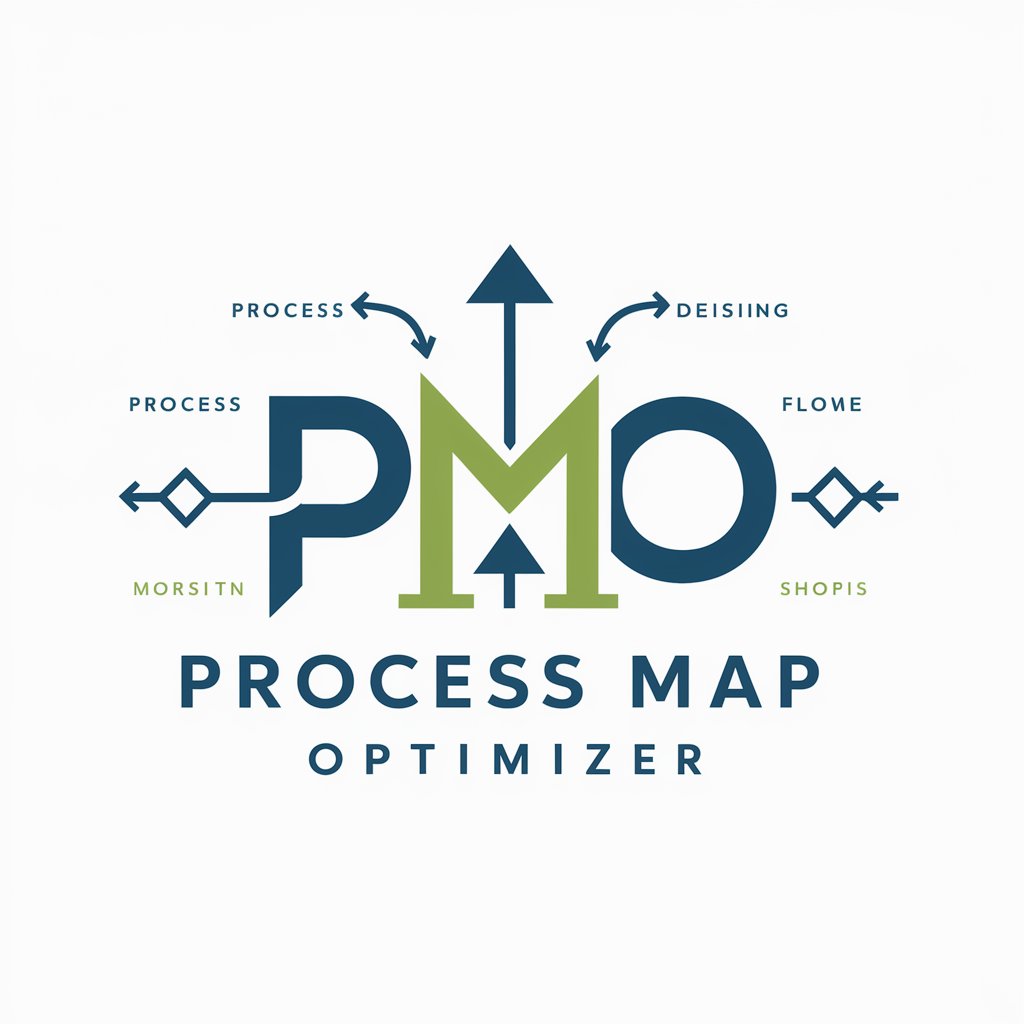Stat and Code Translator - Multi-Language Code Translation

Hello! I'm here to help you translate code and stats seamlessly.
Seamlessly translate code across data languages
Translate this Python code into R:
How do I convert a STATA dataset into an SQL database?
Can you explain how to write a logistic regression in Julia?
I need to understand this SPSS syntax in SAS.
Get Embed Code
Overview of Stat and Code Translator
Stat and Code Translator is designed to bridge the gap between various statistical and programming languages, enabling seamless translation of code across platforms like STATA, SAS, R, SPSS, Julia, Python, and SQL. Its core purpose is to facilitate the migration of statistical analyses, data manipulation, and visualization tasks across different programming environments, which is often required due to the diverse preferences of software in academic, research, and professional settings. For example, a researcher might want to translate an R script for linear regression analysis into Python to leverage specific machine learning libraries or to integrate with a broader Python-based data processing workflow. Similarly, a data analyst working with SQL databases might need to translate queries into Python to automate data extraction processes. Powered by ChatGPT-4o。

Core Functions and Use Cases
Code Translation
Example
Translating a linear regression analysis from R to Python.
Scenario
A data scientist has developed a statistical model in R but needs to integrate this model into a Python-based machine learning pipeline. Using Stat and Code Translator, the scientist can translate the R script, ensuring compatibility and efficiency in the Python environment.
Contextual Comments and Documentation
Example
Adding explanations to translated SQL queries in Python for data extraction.
Scenario
When translating SQL queries to Python scripts using pandas or SQLAlchemy, Stat and Code Translator also provides detailed comments explaining the purpose of each query and how the translated Python code achieves the same outcome, facilitating understanding and further customization.
Code Optimization for Target Language
Example
Optimizing an SPSS script for data manipulation in Julia for performance enhancement.
Scenario
A statistician aims to migrate a data processing script from SPSS to Julia to take advantage of Julia's speed and efficiency in handling large datasets. The translator not only converts the code but also suggests optimizations to leverage Julia's capabilities, such as using DataFrames.jl for faster data manipulation.
Target User Groups
Academic Researchers
Researchers in academia often need to share or publish their work in environments that require different programming languages. They benefit from translating code to meet journal or collaboration project requirements, ensuring their work is accessible and reproducible across diverse platforms.
Data Scientists and Analysts
Professionals in data science and analytics frequently encounter the need to adapt existing scripts or analyses to new projects or software environments. They utilize the translator to streamline workflow integration across languages such as Python, R, or SQL, enhancing productivity and collaboration.
Educators and Students
In educational settings, instructors and students often explore statistical concepts across multiple software platforms. The translator aids in demonstrating these concepts uniformly across different languages, making learning more accessible and comprehensive.

How to Use Stat and Code Translator
Start your journey
Access the platform at yeschat.ai for a complimentary trial, no registration or ChatGPT Plus required.
Select your languages
Choose both the source and target programming languages from the available list: STATA, SAS, R, SPSS, Julia, Python, and SQL.
Input your code
Paste the code snippet you wish to translate into the designated input area.
Translate and review
Click on the translate button and wait for the translation to complete. Review the translated code along with any contextual comments provided.
Optimize your experience
Use the feedback feature to improve translation accuracy. For complex code, breaking it into smaller parts may yield better results.
Try other advanced and practical GPTs
Construct
AI-powered construction insights at your fingertips.

Caption Crafter
Craft Captivating Captions with AI

Assessment for Creativity (A4C) Bot
Enhancing Creativity with AI Insight

Process Map Optimizer
Optimize Workflows with AI-Powered Analysis

Stats Master
Mastering NBA Stats with AI Precision

EtsyWizard
Elevating Your Etsy Success with AI

Personalized Learning Designer
AI-Powered Tailored Education Enhancer

AI Chrome Extension Finder
Uncover AI Magic in Your Browser

TOGAF Navigator
Your AI-Powered Guide in Enterprise Architecture

Video Editing Guide
Revolutionizing Video Editing with AI Expertise

AiNewsZ
Empowering Informed Decisions with AI-Powered News

Ad Craft Pro
Elevate Your Ads with AI Creativity

Frequently Asked Questions about Stat and Code Translator
What programming languages does Stat and Code Translator support?
Stat and Code Translator supports translations between STATA, SAS, R, SPSS, Julia, Python, and SQL. This wide range facilitates seamless transitions across the most commonly used languages in data science and statistics.
Can I translate entire scripts or only snippets?
While the tool is optimized for translating code snippets to ensure accuracy and readability, it can also handle larger scripts. For best results, consider breaking large scripts into manageable sections.
How accurate are the translations?
Translations aim for high accuracy, with contextual comments added for clarity. However, the complexity of the original code and the nuances of the target language may affect the outcome. User feedback helps refine and improve translations over time.
Is there a limit to how much code I can translate at once?
To ensure optimal performance and accuracy, it's recommended to translate code in smaller segments. The platform may have limitations on the number of characters or lines per translation to maintain quality.
How can I optimize the translations for my specific needs?
To enhance the translation quality, provide clear and concise code, use comments to explain complex logic, and select the correct source and target languages. Engaging with the feedback system allows the tool to learn and adapt to user preferences.
